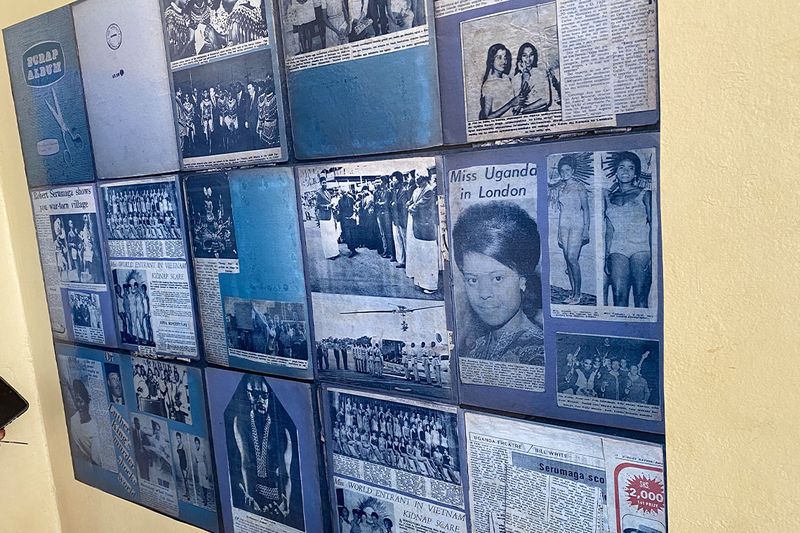
In the faded light of the Uganda National Theatre’s lobby, history breathes through images, frozen expressions, crumpled playbills, and echoes of lines once recited with trembling conviction. The walls now whisper of a past too long archived in drawers, in fragile photographs, in the quiet recesses of memory. But today, that silence is being shattered, not with fanfare, but with a question: How has the past of theatre in Uganda been documented for future generations?

This exhibition, modestly scattered across the theatre’s lobby and the upstairs CICP room, is not just a walk through history. It is an invitation. To see. To remember. To question. And most importantly, to add to contribute new fragments to a mosaic that is still incomplete. Jointly curated by the Heritage Department of the Uganda National Cultural Centre (UNCC) and the archival platform History in Progress Uganda (HIPUganda), this showcase seeks not only to preserve what has been, but to ignite what could be.
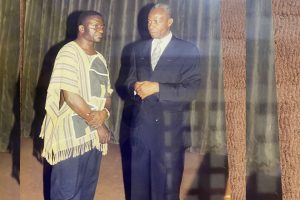
Dr. Andrea Stultiens, from HIP Uganda, first encountered the theatre in 2008 under the hum of a Bayimba Festival workshop. What began as a modest photography exhibit evolved, over years of archival exploration, into a profound commitment to unearth Uganda’s underrepresented visual history. “I was given access to a couple of drawers filled with old photographs,” she recounts, as though they were drawers filled with long-lost voices. “I kept wondering, why do we always circulate the same ten photographs of Idi Amin or Obote? There must be more.”
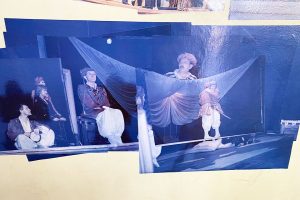
That “more” became a mission: to digitise and democratise the photographic documentation of Uganda’s cultural past. Without claiming ownership or profit, HIPUganda became a bridge between dusty archives and digital futures, between memory and meaning.
But the exhibition is not confined to pictures on walls. It lives in the voices of those who know. People like Noah Wamala Nyanzi, who reflected on how theatre’s evidence lives in what is written and, too often, what isn’t. He evokes a play once penned from a soldier’s perspective, one that resisted portraying soldiers as caricatures of brutality. That play was nearly lost, he implies, not due to censorship, but due to a lack of publication support. “You may be worried about writing or documenting because someone explains to you… and they had told them to wait.”
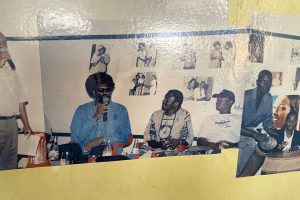
It’s a haunting paradox: the act of documentation, so essential to legacy, is so often delayed, denied, or dismissed. And yet, the Kampala Theatrical Society—which evolved into the Kampala Amateur Drama Society existed, thrived, and left behind breadcrumbs of its presence. Nyanzi, like many others, only discovered parts of this history through whispers, scattered mentions, and exhibitions like this one.
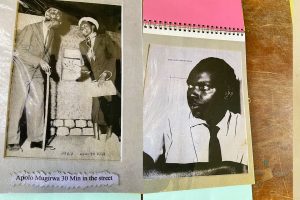
Dr. Robert Musiitwa, the UNCC’s communications officer, traced the theatre’s foundations to a quiet plot along Dewinton Road, where visionaries imagined a dedicated space for the swelling call of Uganda’s performing arts. “This is the national agenda,” he said. “It has everything.” It has also been held together by unsung custodians like Leonard the stagehand, who’s seen more productions than any marquee ever claimed. He remembers the cards, the cuts, the cats, the dust, and the directors. He is, in many ways, a living archive.
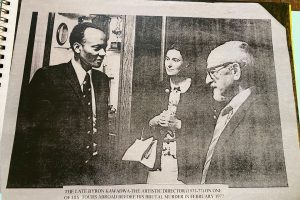
And yet, what is most powerful about this exhibition is not nostalgia. It is urgent.
Theatre in Uganda has navigated a “rocky and perhaps contested road,” veering between colonial legacies, indigenous resilience, activism, and art. Once limited by imported definitions of the stage, the National Theatre is now reclaiming space not just for performance but for presence. For memory. For the community.
Here, documentation becomes performance. Audience becomes author. You are not merely walking past images;you are being asked to contribute your own. To remember. To tell. To resist forgetting.
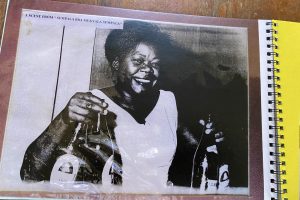
In doing so, this exhibition becomes not a museum of dead things, but a seedbed for future stories. It hopes to trigger the memories of elders and ignite the imaginations of youth. It hopes to remind us that Uganda’s theatrical past is not an archive to be locked away—it is a living, breathing legacy, aching to be staged once more.
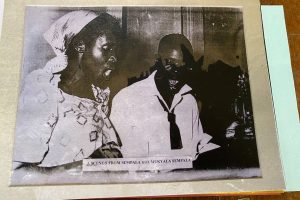
So if you find yourself wandering past the National Theatre on Dewinton Road, stop. Step inside. The walls are talking.





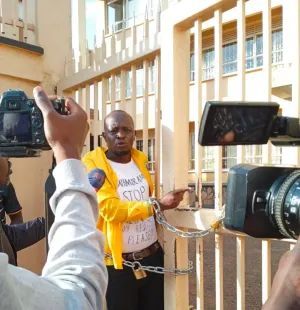


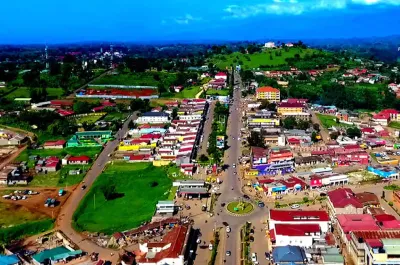



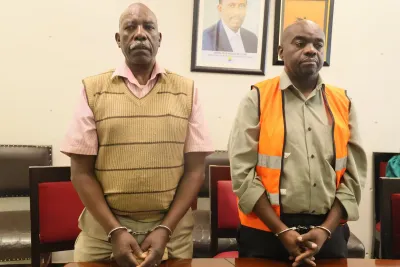
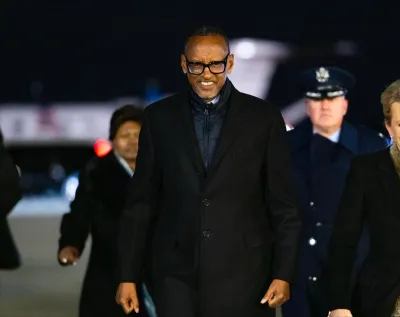
Sunrise Rafiki
Leave a Comment
Your email address will not be published.